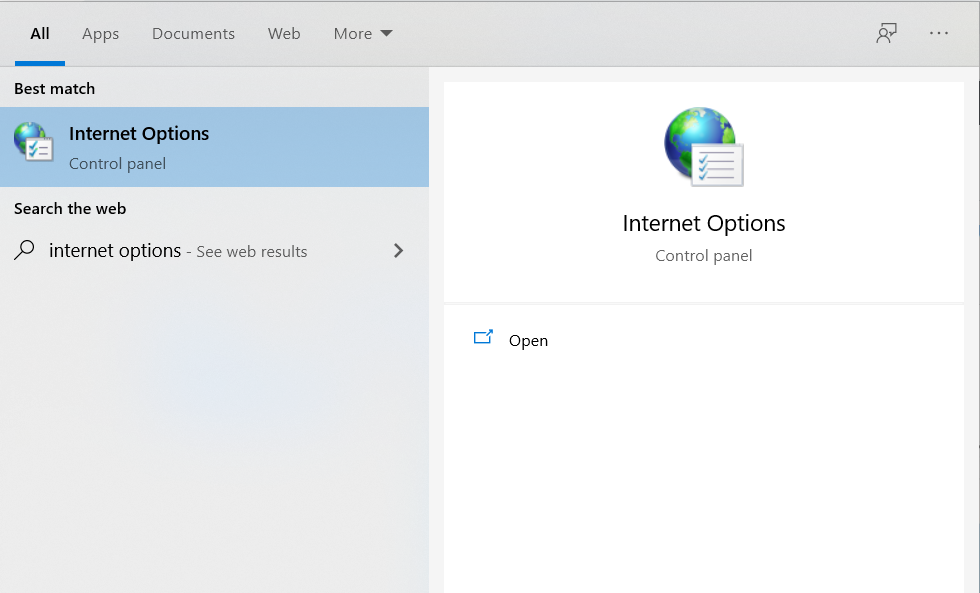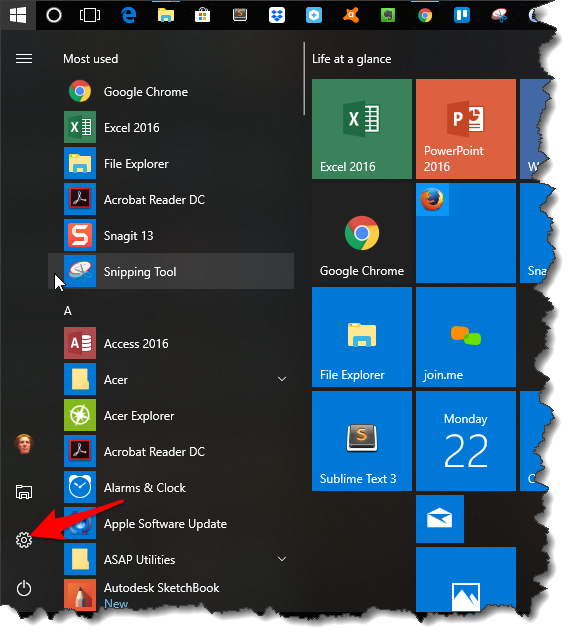

Applying a filter makes it easier to find the record that you want to edit or delete. You can apply a filter to limit the records that are displayed to those that match your criteria. In the Search list, select All, and then click Find Next.įor more information, see Use the Find and Replace dialog box to change data. Selecting this option provides the broadest possible search. Optionally, in the Match list, select Any Part of Field. Optionally, use the Look In list to change the field that you want to search, or to search the entire underlying table instead. In the Find What box, type the value that you want to match. On the Home tab, in the Find group, click Find, or press CTRL+F. When you find a matching record, that record becomes the current record, and you can then edit or delete it.

You can use the Find feature in the Find and Replace dialog box to locate a matching record. The Find and Replace dialog box provides another way to change small amounts of data in less time and with less effort. The first matching value is highlighted in real time as you enter each character. The record number is counted sequentially, from the beginning of the form or datasheet - it does not correspond to any field value.įilter The filter indicator button shows whether a filter has been applied. New (blank) record Click to add a record.Ĭurrent Record Type a record number and then press ENTER to navigate to that record. You can navigate between records by using the navigation buttons.Īrrow buttons Click to conveniently navigate to the first, previous, next, or last record. When there are many records, you can use the Find and Replace dialog box and filter for the record. In a form or datasheet that contains only a small number of records, you can use the record navigation buttons to navigate through the records until you find the one you want. You must first find a record before you can edit or delete it. To explicitly save changes to the current record, press Shift+Enter. When you view another record or close the table or form, Access saves the new record that you added. In a table, to move to the next cell in a column, use the Up or Down arrow keys, or click the cell you want.

To move to the next field in the same row, press TAB, use the Right or Left arrow keys, or click the cell in the next field. On the Home tab, in the Records group, click New, or click New (blank) record, or press Ctrl+Plus Sign (+).įind the record with an asterisk in the record selector, and enter your new information.Ĭlick or otherwise place the focus on the first field that you want to use, and then enter your data. Open the table in Datasheet View or the form in Form View. Top of Page Add a record to a table or form This is the primary key field and contains a value that uniquely identifies the record. This is a new record in which you can enter information. This record is locked by another user you can't edit it. You are editing this record changes to the record aren't yet saved. The current record is indicated by a change in color in the record selector. This is the current record the record has been saved as it appears. The following table shows some of the record selector symbols you might see when updating data and what they mean. Top of Page Understanding data entry symbols Typically, you use datasheets when you need to see many records at once. You can change data in tables, query result sets, and forms that display datasheets. If you are familiar with Excel, datasheets should be relatively easy to understand. You can change data by working directly in Datasheet view. In turn, each of the controls on the form either reads data from or writes data to an underlying table field.ĭatasheets are grids of data that look like Excel worksheets. Forms can contain any number of controls such as lists, text boxes, and buttons. Data entry forms can provide an easier, faster, and more accurate way to enter data. Updating data by using either a form or datasheetĪpply rich text formatting to data in a Long Text field Finally, you can delete a record when it is no longer relevant and to save space.įor more information on setting up a database for data entry, see Design considerations for updating data. If you don't enter the correct data type, Access displays an error message. To maintain data integrity, the fields in an Access database are set to accept a specific type of data, such as text or numbers. You also change fields to stay up-to-date, such as a new address or last name. When you add a new record, Access appends the record to the end of the table. You add a record to your database when you have a new item to track, such as a new contact to the Contacts table.
#How to modify file delete options in microsoft update#
There are several ways to update data in an Access database. Access for Microsoft 365 Access 2021 Access 2019 Access 2016 Access 2013 Access 2010 Access 2007 More.


 0 kommentar(er)
0 kommentar(er)
